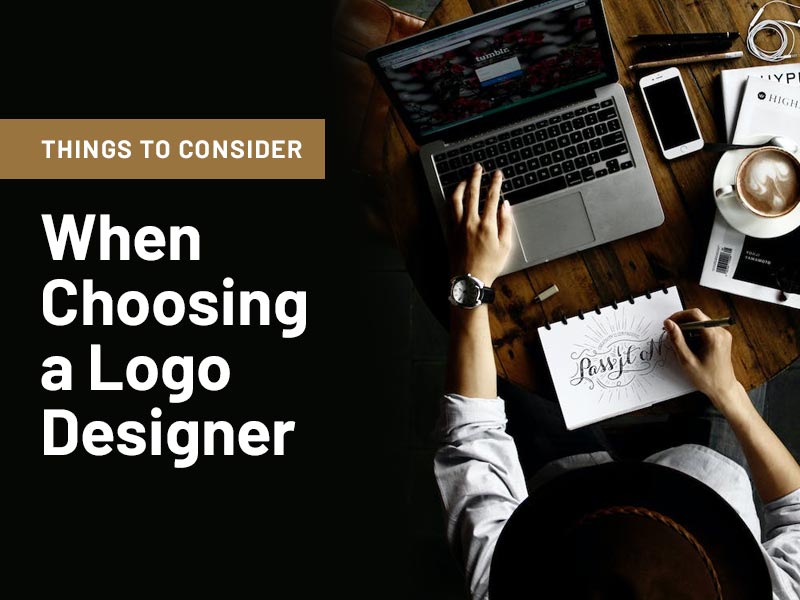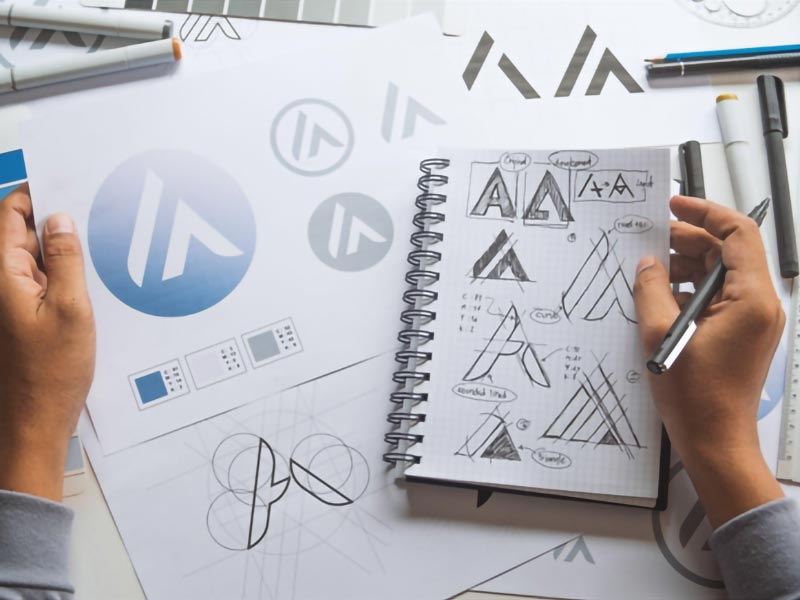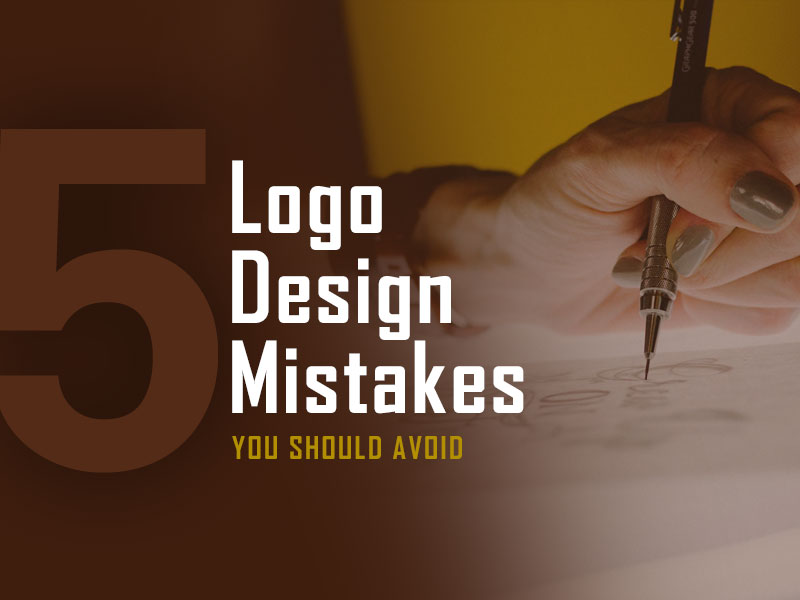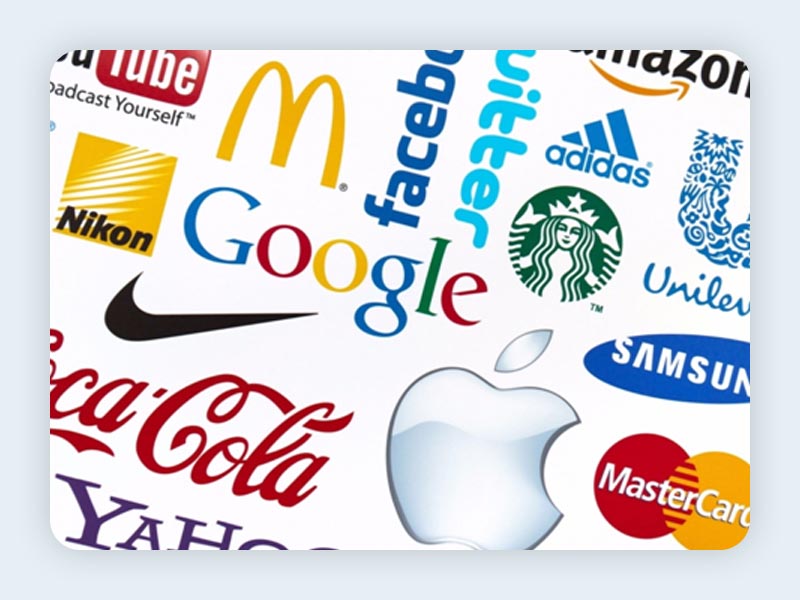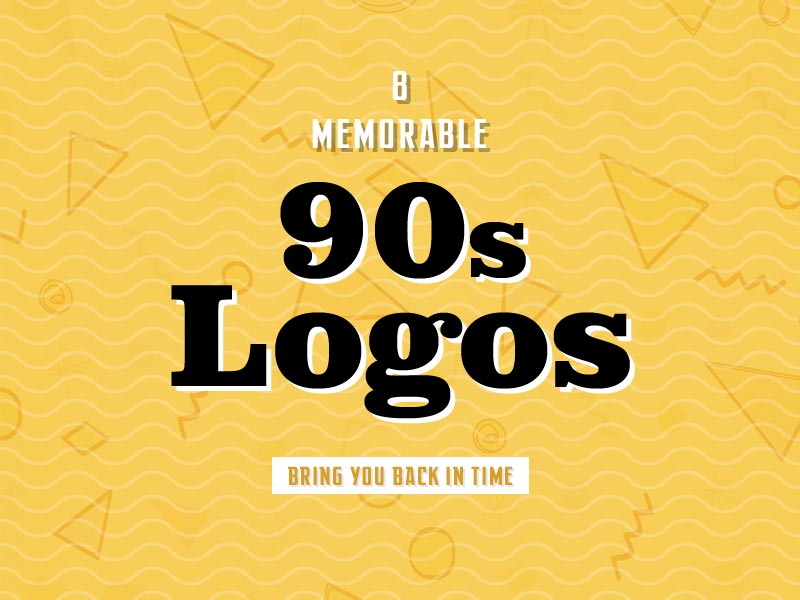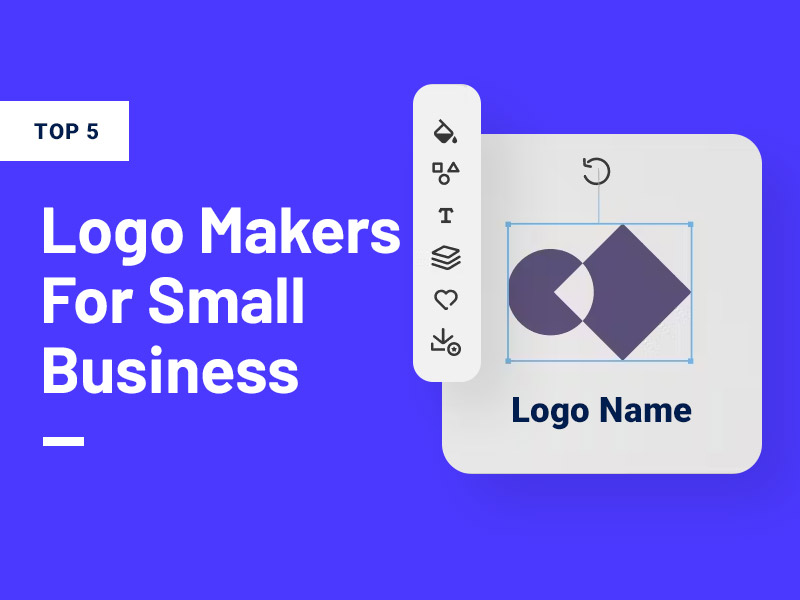Logo design is both a technical skill and an art. It requires proficiency in color theory, typography selection, layout composition, image optimization, and file formats. A well-designed logo becomes part of your brand identity and will be recognized everywhere you use it.
So, if you’re looking for an eye-catching logo that stands out from the crowd, you must work with a professional logo designer.
Here’s what to look for in a professional logo designer who can bring your vision to life.
Things to Consider When Choosing a Logo Designer
A Varied Portfolio of Designs
What distinguishes your brand from another with a similar name and industry? Yes, it’s your brand’s logo. It narrates a story that’s true to your brand and connects your audience to it. And so, you must work with a designer with a diverse understanding of design principles.
Look for a designer who can take up challenging projects and deliver unique results with each project. A varied portfolio will give you knowledge of the designer’s understanding and skills.
Since Colorado is ranked number 4 in the “America’s Top States for Business Rankings” 2020, with Denver playing a significant role in the ranking, it’s safe to say that many new businesses are starting in the area. If you’re in the same boat, select a logo designer in Denver with enough experience to create something that stands out from the competition.
Attention to Detail
In the world of design, it’s the little details that make the difference. Logo design is no different. Your logo designer should focus on small details and deliver a visually appealing outcome. It includes matching the font size, aligning the objects in an aesthetically pleasing way, and selecting harmonious colors. Of course, it requires experience and a keen eye to spot errors. But how can you be sure your designer is capable of this?
Well, put them to the test by giving them a challenge. Observe their process and how they work with details. It will give you an idea of the craftsmanship they can produce.
Adaptability
Every project has its term and conditions, but with logo design, flexibility is key. The designer must think on their feet and remain open to different interpretations. They should be able to accommodate and pursue different design directions as needed. In addition, they should be able to take feedback and pivot without sacrificing the quality of results.
We recommend looking into the designer’s process and communication style. If they stay in constant contact, adapt to changes quickly, and provide tangible updates, then you can trust them to deliver the desired results.
Timely Deliverables
What’s a good logo worth if it’s delivered late? Zilch!
The designer must respect deadlines and factor in the time it takes to make changes. If they make too many revisions or do not communicate effectively, it will slow the process down.
To ensure this doesn’t happen to you, get a clear timeline from the designer before starting the project. Ask about their process and time frames for each step of the way. Verbal communication, although convenient, should be avoided. Instead, get everything in writing so there’s no room for confusion or delays later.
Creative Expression
We all know visuals stay with us longer than words. That’s why logo design must capture the emotions of your audience creatively. It should be powerful, memorable, and recognizable. These characteristics are easily achievable if you have creative professionals at the helm. Professional logo designers understand how to bring out the best in a brand’s visual mark.
They’ll be able to play with shapes and colors in a way that strengthens your message while also giving them the freedom of creative expression. Does it make sense now how Apple’s logo is so distinct? It’s because of the designer’s ability to use the pictorial mark extraordinarily. The same goes for Pepsi’s abstract mark and Lego’s typeface.
Take Care of Font Licensing
Like stock images, font licensing is a crucial part of logo design. However, unless the designer has access to their typefaces or can find them free online, they must purchase a license from a third-party provider.
The cost of font licenses will add to your overall budget. But if the designer opts for an unlicensed font, you could face legal action. So, ask the designer about their font library or how they acquire them.
Plus, if you don’t want the designer to use a particular typeface, you can always tell them beforehand. That way, they can avoid any costly licensing fees and unnecessary delays.
They Must Provide a Logo Guideline
Creating a logo is only part of the job of a designer. They must also provide you with a logo guideline. You can also refer to it as style guidelines.
This document explains the design elements and how to use them correctly and consistently. If you plan on working with another designer to create marketing materials, they must have a guiding map. It will include details like sizing, color codes, web-safe fonts, and other specifications.
It is essential because it helps ensure your logo remains recognizable across all platforms. It’s also necessary when creating a brand identity, as it helps to keep a consistent look and feel.
So, ask the logo designer for a guideline at the end of the project. It will save you time and money in the future.
The Designer Must Provide a Vector File
A logo is more than an image. Since it’s part of your brand identity, it needs to be resizable and reproducible. Vector files are the best solution because they provide a scalable image that can be used across multiple platforms.
Vector graphics are constructed in layers, making editing and customizing them easier.
Plus, unlike raster images that are pixelated when resized, vectors provide a clear image no matter the size.
That’s why your logo designer must provide a vector file along with other image formats like JPEG or PNG. It is a must-have for any logo design.
Final Word
Finding the right logo designer is like finding a needle in a haystack. But with the right research and a little preparation, you can find one that fits your budget and expectations. Consider everything discussed above when searching for a designer. Get everything in writing and ensure they understand your project’s details before signing a contract. And above all, don’t be afraid to ask questions.
